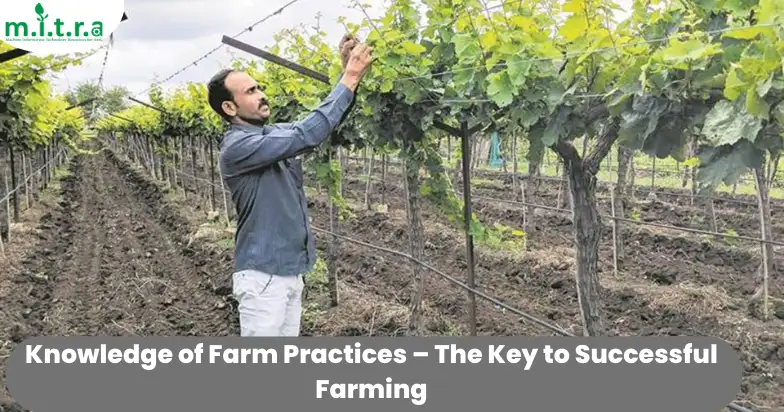Agriculture plays an essential part in the world economy. One-third of the economically active population earns their livelihood from agriculture. The majority of the food consumed worldwide, including most of the grains and oilseeds, comes from small-scale farmers, fishers, and indigenous communities in Asia and Africa. An agriculture sprayer machine is designed to meet the spraying requirements of farmers.
Nutritional food for 9 billion people by 2050, better and more resilient incomes, and environmental services are just a few pressing issues agriculture is increasingly expected to meet. Raising global productivity is essential if we are to keep up with the demands of a constantly expanding global population.
More than 570 million farms may be found across the globe today. More than ninety percent of farms are run by an individual or family, with most of the work done by the same household members. About 80% of the world’s food supply comes from roughly 30% of agricultural land owned and operated by family farms. With a tractor trailed sprayer, farmers can spray tall plants, including mango, coconut, and date palms.
Worldwide, split (in millions) of farms larger than and less than 10 hectares
High productivity is possible even for small farmers. They need to adopt standard agricultural methods to increase output per unit of land. Here is where Mitra software comes inaccessible; it gives insight into the finest agricultural techniques to steer food production in a sustainable direction that is environmentally conscious and yields high-quality food.
The primary goal is to educate farmers on increasing crop yields using existing knowledge and best practices. The Tractor Sprayer Machine makes life on the farm more accessible and more comfortable for the farmer. The program gives farmers access to best farming practices in the form of activities that outline precisely what they should be doing at each stage of the growing season. Apples, bananas, corn, manioca, tomatoes, potatoes, wheat, and more are just some of the 100 most popular crops for which the program has jobs. The tasks encompass all aspects of crop production and include things like:
- Soil conservation; Soil conservation practices, including timely and correct tillage, crop rotation, and frequent monitoring of soil pH, are essential for having healthy soil and good crop output.
- Water Resource Administration; enough quantities of water delivered during the critical phases of development for optimal yield
- Coordinating harvesting methods; to grow, harvest fruit, and raise animals more efficiently, agroforestry systems combine using trees and crops on the same acreage.
- Fertilization; fertilizing with manure and other biological amendments regularly to increase soil organic matter; adjusting the use of inorganic fertilizers (nitrogen, phosphorus, potassium, and micronutrients) based on crop requirements and phonological stages
- Planting/sowing; planting of approved seed stock, disease-resistant cultivars, and attentive, caring
- Crop maintenance; the practice of regularly tending an orchard or of cultivating weeds in agricultural fields
- Managing safety measures; timely application of chemical, mechanical, or biological agents to control pests and diseases
- Harvesting; harvesting fruits in physiological and technological maturity with proper fruit handling; care should be taken during the waiting period after pesticide treatment.
- Storage; Fruits must be kept in a cool, dry place with constant humidity.
Mitra provides knowledge for conventional, organic, or integrated agriculture farmers. One of the primary forms of farm equipment is the agriculture sprayer. Farm practices offer value by allowing for the entry and tracking of use for all aspects of a farm’s operations, including but not limited to: labour hours, machinery hours, insect pest, weed, and disease prevention, irrigation, fertilization, and harvesting. The locations of the fields where a specific crop is being cultivated can be used to allocate all consumption.
Using the Mitra reporting function, we can be confident that our food has a connection to accurate information about its care throughout the growing season, broken down geographically. This will give you a leg up on the competition and make it simpler to sell your harvest to eager customers.

